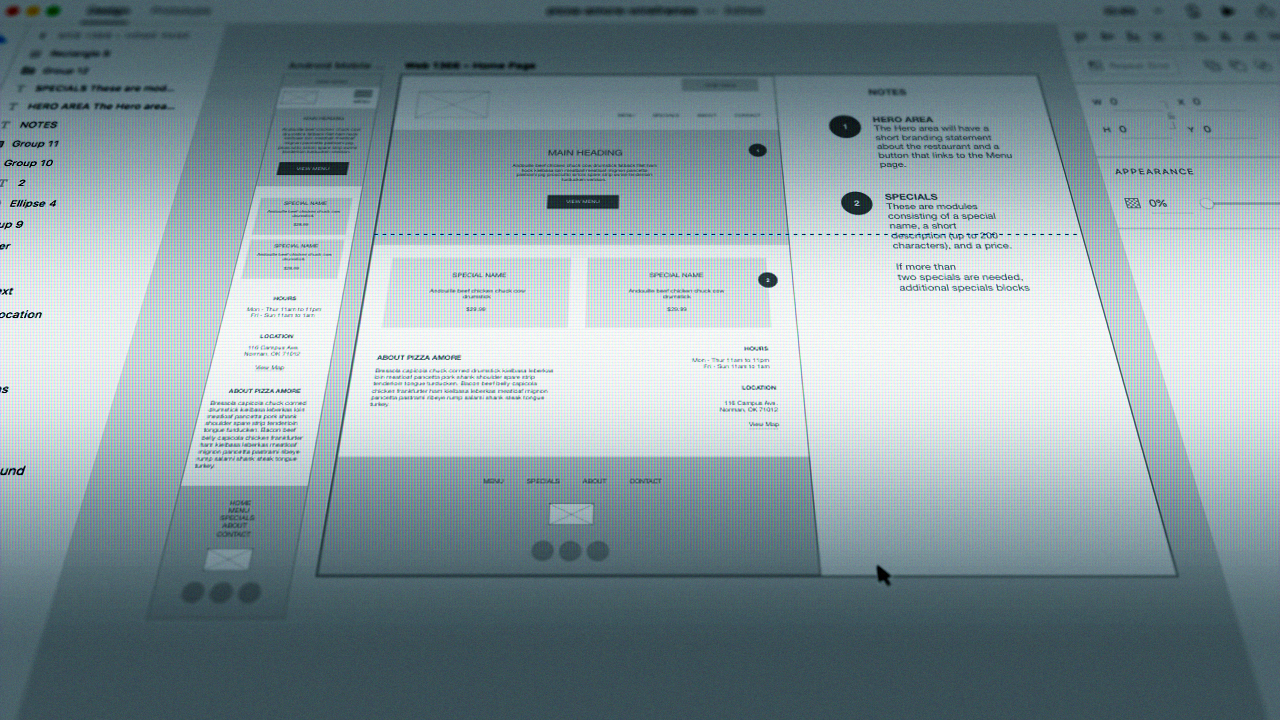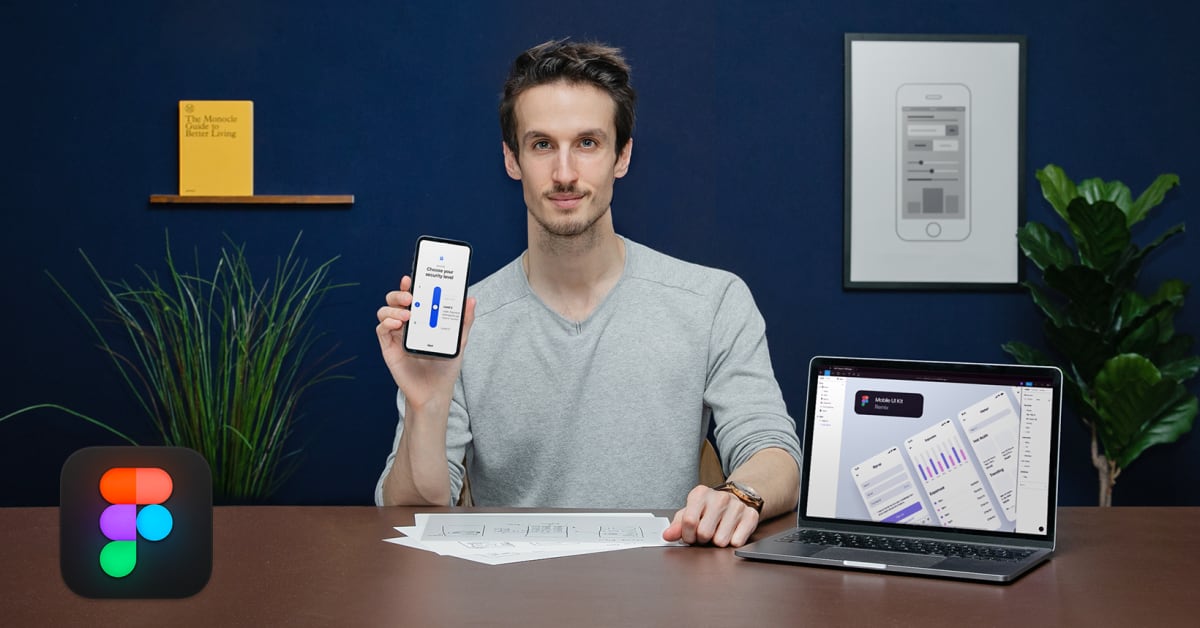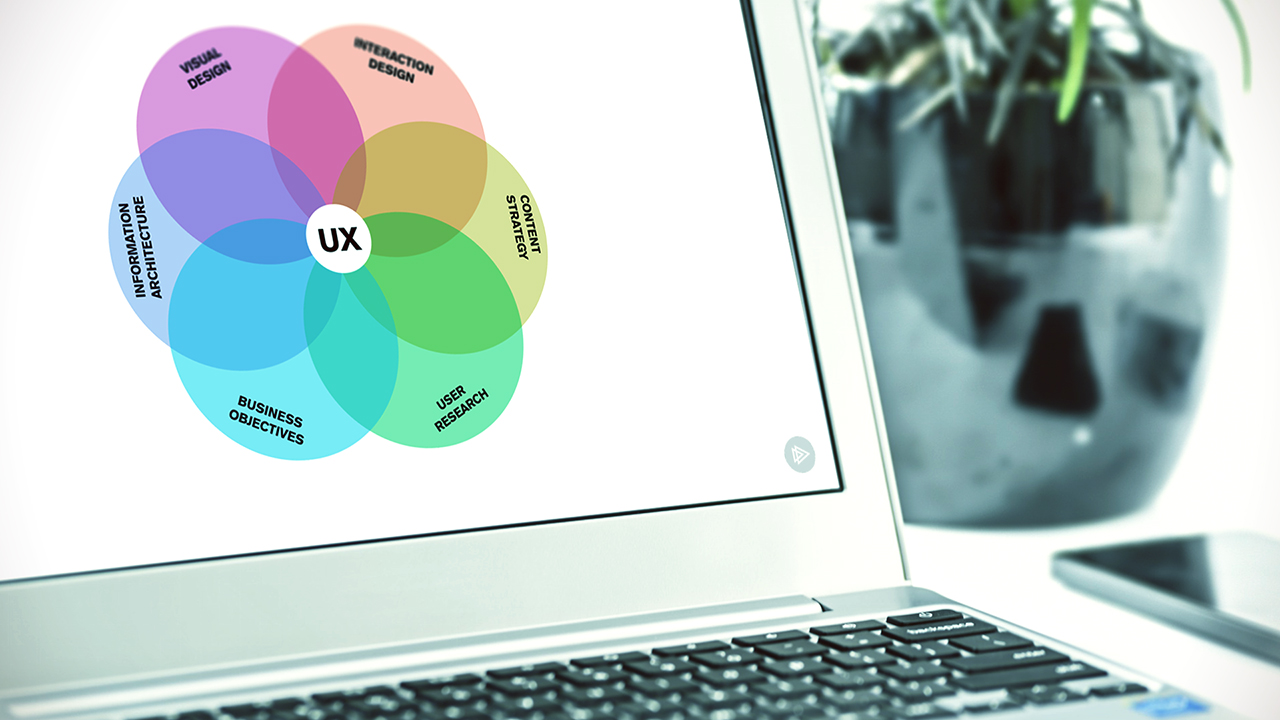Description
What factors contribute to a positive user experience? How do you consistently create experiences that work well, are simple to use, and that people want to use? This course will teach you the fundamental process of experience design as well as how to effectively assess your work with the people for whom you are designing. You'll learn fundamental design research methods that will help you understand people, the sequences of their actions, and the context in which they work. You will learn practical techniques for making sense of what you see and transforming your observations into meaningful actionable insights and unique opportunity areas for design through the assignments. You'll also learn how to generate ideas in response to the opportunities identified, as well as how to make your ideas a reality. You'll get closer to making your ideas a reality by answering specific questions and refining your concepts. We'll use examples from a variety of industries, including health, education, transportation, finance, and others, to demonstrate how these methods work in different domains.
Syllabus :
1. Design Research
- The Interaction Design Specialization
- Introducing Elizabeth Gerber
- Who, What, Where, When, and How People Work
- Michael Chapman of IDEO on interviewing
2. Ideation
- You’ll learn the thrills and challenges of ideation.
3. Synthesis
- You’ll learn how to make sense of the rich data you collected and how to turn it into actionable insights that will lead to meaningful new experiences. We’ll start by looking at how to organize all of the data and photos you’ve collected and then we’ll discuss four common synthesis techniques that designers use: personas, journey maps, diagramming and the 2x2 matrix. After making sense of the data, you’ll be able to identify clear opportunity areas for design including a focus, stakeholder, a need, and an actionable insight.
4. Prototyping
- You’ll learn the importance of making many prototypes so as not to get attached to any one idea and so you can pick the parts that work best for each idea. Through rapid iteration and testing, you will more quickly get to a meaningful and accessible experience that you will be proud of.









